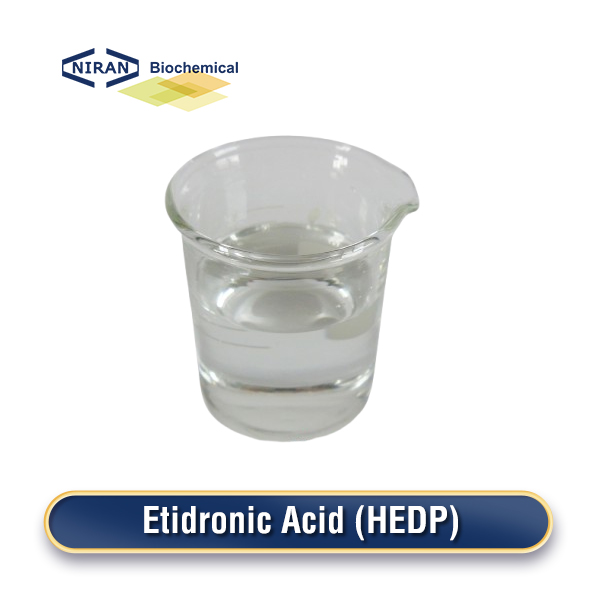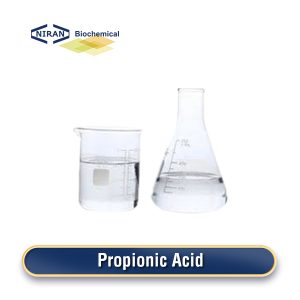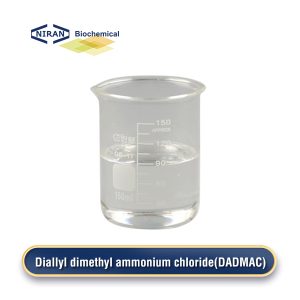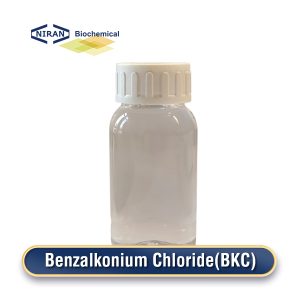Etidronic Acid (HEDP)
- CAS Number: 2809-21-4
- Chemical Formula: C2H8O7P2
- MOQ: 1000KG
- Shelf Life: 2 years
- Types: Liquid
- Synonyms: 1-Hydroxyethylidene-1,1-Diphosphonic Acid; HDEPA; OEDFK
Product Description
What Is Etidronic Acid?
Etidronic Acid, also known as 1-Hydroxyethane-1,1-diphosphonic acid (HEDP), is an organophosphonic compound widely used in water treatment as a scale inhibitor and dispersant. It inhibits scale formation in systems such as boilers, cooling towers, and membranes. Additionally, Etidronic Acid finds applications in cleaning, oilfield chemicals, and some agricultural formulations due to its excellent anti-scaling properties.
Preparation Method:
Etidronic Acid is typically synthesized by reacting phosphoric acid with an ethylene glycol derivative, such as ethylene diamine. The reaction occurs under acidic conditions, often with a catalyst or at elevated temperatures, leading to the formation of 1-Hydroxyethylidene-1,1-diphosphonic acid. The product is then purified to achieve high purity for industrial applications.
Related Parameters:
| Items | Standards |
| Assay (HEDP content) | ≥ 50% |
| pH (1% solution) | 2.0 – 3.0 |
| Density (20°C) | 1.20 g/cm³– 1.30 g/cm³ |
| Free Phosphoric Acid | ≤ 0.5% |
| Chloride (Cl-) | ≤ 0.05% |
| Iron (Fe) | ≤ 0.001% |
Recommended Dosage of Etidronic Acid:
| Applications | Dosage |
| Water Treatment | 5 ppm–20 ppm |
| Corrosion Inhibition | 0.1%–5% |
| Detergents & Cleaning Products | 0.5%–3% |
| Oilfield Chemicals | 1%–5% |
| Industrial Cleaning | 1%–5% |
Etidronic Acid Has Wide Range of Uses:
- Water Treatment: Prevents scale buildup in boilers, cooling towers, and pipelines, enhancing system efficiency.
- Corrosion Inhibition: Protects metals from corrosion in industrial systems like oil pipelines and water cooling systems.
- Detergents & Cleaning Products: Improves the performance of detergents and cleaning agents, especially in removing scale and stains.
- Oilfield Chemicals: Controls scale and corrosion in oilfield equipment and pipelines.
- Industrial Cleaning: Used in cleaning agents to remove rust, scale, and contaminants from metal surfaces, extending equipment lifespan.
User Asked Question:
Q: How does Etidronic Acid differ from Aluminum Chloride?
A: Etidronic Acid is mainly used to prevent scale formation and corrosion in water systems, whereas Aluminum Chloride acts as a catalyst and coagulator in chemical processes and water treatment. While Etidronic Acid is effective in inhibiting scale, Aluminum Chloride is better suited for flocculation and chemical reactions.




